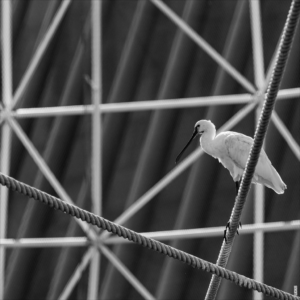Unveiling the Green Miracle: Chlorophyll
Chlorophyll, the mystical green pigment that breathes life into plants, is at the heart of Earth’s most vital process: photosynthesis. With its mesmerizing powers, chlorophyll captivates scientists and nature enthusiasts alike, revealing an extraordinary story of adaptation, energy conversion, and environmental harmony.
The Essence of Life
Chlorophyll is the lifeblood of plants, allowing them to convert sunlight into energy through the process of photosynthesis. It is found in the chloroplasts, the green organelles within plant cells, and is responsible for the vibrant green hues we see in nature. This remarkable pigment absorbs light most efficiently in the red and blue portions of the electromagnetic spectrum, while reflecting green light, giving plants their characteristic color.
The Secrets of Chlorophyll
Chlorophyll is composed of several types, with chlorophyll-a and chlorophyll-b being the most abundant. These pigments work in harmony, capturing photons of light and channeling their energy for the synthesis of carbohydrates. Through a series of intricate chemical reactions, chlorophyll transforms carbon dioxide and water into glucose and oxygen, sustaining life on our planet.
The Evolutionary Masterpiece
Chlorophyll’s existence can be traced back over a billion years, representing an evolutionary masterpiece. Ancient cyanobacteria were the first organisms to harness the power of chlorophyll, revolutionizing the Earth’s atmosphere by producing oxygen. This biological innovation paved the way for the development of complex life forms, including plants and animals.
Chlorophyll’s Hidden Powers
Beyond its role in photosynthesis, chlorophyll has also been discovered to possess a range of hidden powers. Research suggests that it may have antioxidant, anti-inflammatory, and detoxifying properties, promoting overall health and well-being. Its potential as a natural remedy for various ailments has sparked interest in the scientific community, hinting at even more remarkable aspects of this green wonder.
Post
Post
A Kaleidoscope of Chlorophyll
While chlorophyll is most commonly associated with terrestrial plants, it can also be found in a variety of other organisms, such as algae and some bacteria. In fact, the diversity of chlorophyll pigments has led to a stunning array of colors in the natural world, from the rich greens of land-dwelling plants to the deep blues and reds of marine life.
The Fragile Balance
Despite its vital role, chlorophyll is not invincible. Environmental factors such as temperature, light intensity, and nutrient availability can all influence its production and functionality. Climate change poses a particular threat, as rising temperatures and altered weather patterns may disrupt the delicate balance of chlorophyll production, potentially impacting global ecosystems.
The Dance of Life
In the intricate tapestry of life, chlorophyll stands as a symbol of resilience and interconnectedness. It is a reminder of the delicate dance between plants and their environment, highlighting the profound impact that a single molecule can have on the entire planet. As we continue to unveil the mysteries of chlorophyll, we gain a deeper appreciation for the wonders of the natural world and the intricate web of life in which we are all intertwined.



